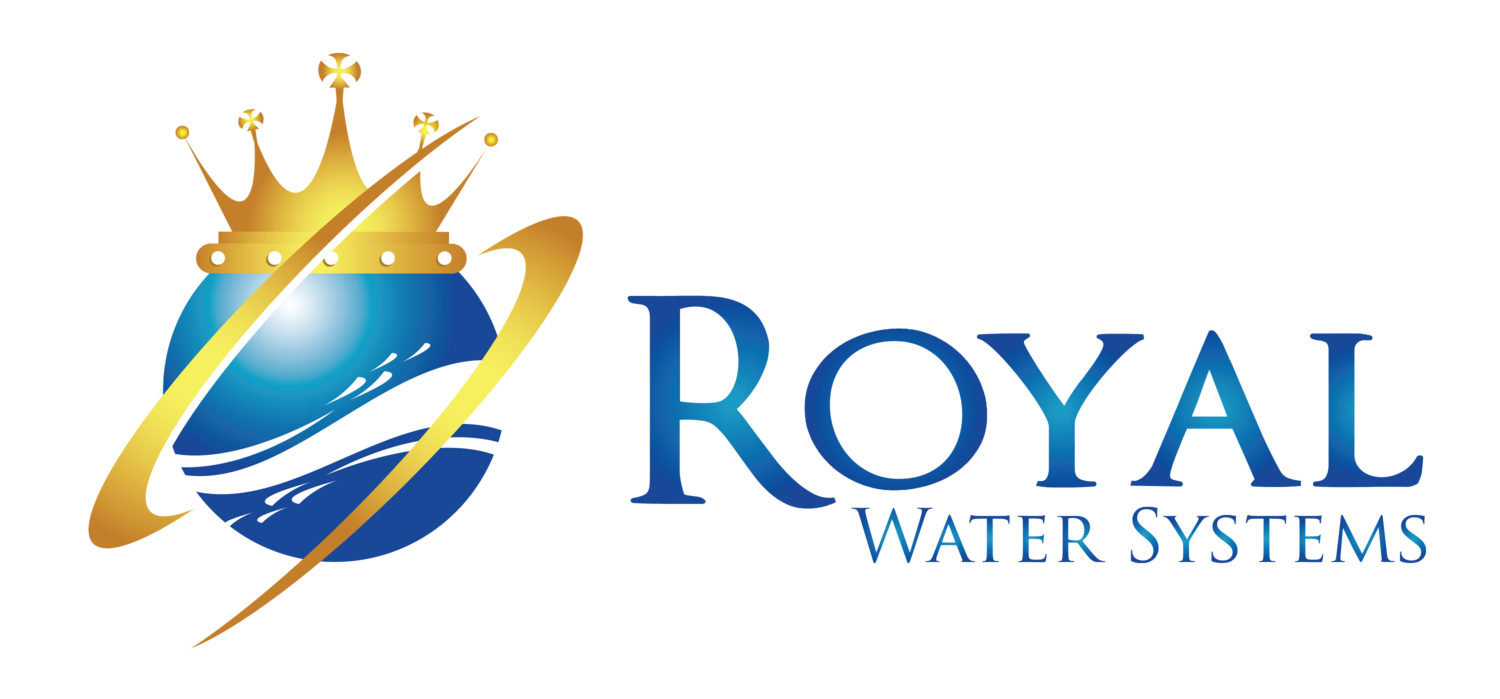Upflow water softeners are one of the latest advances in water softening systems on the market today, but what exactly does it mean and what are the benefits that you can expect from it versus a traditional downflow water softening system? Here’s the quick 411 on up-flow systems:
First you have to understand that the resin tank on a softener is typically only 2/3rd’s full of resin like you see in the picture. This means that the bottom 2/3rd’s will be resin mixed with water and the top 1/3rd will just be water or what is called “freeboard” in the industry. Upflow or downflow, in water softening, simply means the direction in which the brine or salt water flows through the resin tank during the regeneration cycle.
An Upflow water softener system regenerates or cleans the resin bed much more evenly and completely than a downflow water softener system simply because the brine solution flowing upward through the tank will come in contact with the resin first and the brine solution will be the strongest and most effective at that moment of contact. Because the water is flowing up through the tank it is also creating a “lifting” effect which is spreading the resin out and up into the freeboard area making it so the salt can flow throughout the resin evenly and completely.
A Downflow water softener system brings the brine, or salt water in at the top of the tank and the first thing that happens is dilution meaning that the brine solution instantly becomes weaker and less effective. At the same time the resin bed is being packed into the bottom of the tank making it harder for the brine to evenly flow throughout the resin bed.
Now, here’s the kicker – upflow water softener means absolutely nothing to you as a homeowner if you have just a standard control valve on your softener that uses the same amount of salt every single time the softener regenerates. If the softener is going to use 12lbs of salt every time it regenerates then why do you really care if that 12lbs of salt is flowing up or down in the regeneration cycle? You only get benefits from an upflow water softener if the control valve supports proportional brining. A single tank softener always regenerates a day early to insure that the family living in the home never experiences hard water. If the softener is regenerating early, then it does not need the same amount of salt every single time the softener regenerates and the amount of salt needed will vary for each regeneration cycle as well. Proportional brining simply means that a single tank softener only uses exactly as much salt as is needed to regenerate only the part of the softener that was used. Well, if you’re going to be exact in using only the salt you need to regenerate only what was used of the resin bed then that exact amount of salt needs to be 100% effective. Connect the dots and you’ll find that an Upflow water softener regeneration is crucial to making Proportional Brining work. Now you know!
Sam Nielsen – Royal Water Systems 801-850-1839

